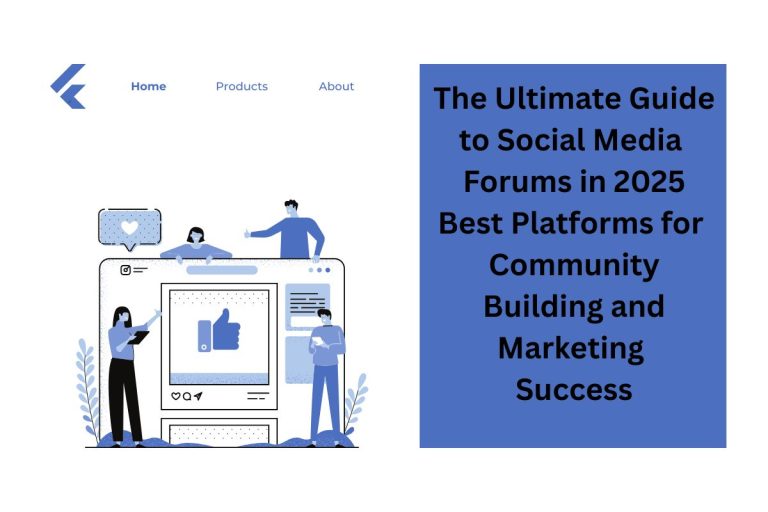What Are Social Media Challenges?
Have you ever wondered why millions of people dump ice water on themselves or attempt dangerous stunts online? Social media challenges have become a global phenomenon that shapes how we interact, learn, and sometimes risk our safety on digital platforms.
Social media challenges are viral trends where users perform specific activities, record themselves, and share the content online while encouraging others to participate. These challenges spread rapidly across platforms like TikTok, Instagram, YouTube, and Facebook, creating worldwide movements in just days.
From positive social media challenges that raise millions for charity to dangerous trends that harm young people, understanding this phenomenon is crucial for parents, educators, and students navigating the digital world in 2025.
Understanding Social Media Challenges in the World
The Global Impact
Viral internet challenges have transformed from simple entertainment to powerful social tools with real-world consequences. 67% of teens have reported seeing at least one harmful or dangerous challenge online, highlighting the widespread exposure among young users.
PEOPLE ALSO READ : The Ultimate Guide to Social Media Forums in 2025: Best Platforms for Community Building and Marketing Success
Why Are Teens Drawn to Social Media Challenges?
The psychology behind participation involves several key factors:
- Social validation and peer pressure
- Desire for viral fame and attention
- Influence of celebrities and social media personalities
- Need to belong to trending movements
When influencers or viral personalities participate, the trend gains legitimacy and appeal, especially among younger users seeking validation.
Categories of Social Media Challenges
1. Positive Social Media Challenges
Social Media Challenges to Raise Awareness
The Ice Bucket Challenge Success Story: Over 17 million people participated in the Challenge and raised $115 million for the ALS Association. This remarkable campaign demonstrates how social media challenges to raise awareness can create meaningful change.
2025 Mental Health Focus: The 2025 Ice Bucket Challenge is meant to raise awareness for and decrease the stigma around speaking about mental health struggles, showing how positive challenges evolve with societal needs.
Other successful awareness campaigns include:
- Breast Cancer Awareness challenges
- Environmental conservation movements
- Social justice equality campaigns
- Educational fundraising initiatives
Fun Social Media Challenges (Safe Entertainment)
| Challenge Name | Platform | Safety Level | Educational Value |
| Don’t Rush Challenge | TikTok/Instagram | Safe | Creativity & Teamwork |
| Running Man Challenge | Multiple | Safe | Physical Activity |
| Art Creation Challenges | Safe | Artistic Skills | |
| Pet Themed Challenges | All Platforms | Safe | Animal Appreciation |
| Reading Challenges | YouTube/Instagram | Safe | Educational |
2. Dangerous Social Media Challenges
Physical Harm Challenges
2025 Dangerous Trends to Watch:
The Chroming/Dusting Challenge: This dangerous trend involves inhaling toxic fumes from aerosol cans or keyboard cleaners to get high. In 2025, the “dusting challenge” began circulating widely.
Historical Dangerous Challenges:
- Cinnamon Challenge (respiratory damage)
- One Chip Challenge (severe digestive issues)
- Tide Pod Challenge (poisoning risks)
- Blackout Challenge (loss of consciousness)
- Milk Crate Challenge (serious injuries)
Impact on Students and Educational Settings
Social media challenges for students present unique challenges in educational environments. Teachers report disruptions when dangerous trends enter classrooms, requiring immediate intervention strategies.
Case Study: The Bathroom Vandalism Challenge
Background: In 2021, the “Devious Licks” challenge encouraged students to vandalize school bathrooms and steal property.
Impact:
- Thousands of dollars in property damage
- School closures and increased security
- Student suspensions and legal consequences
- Long-term trust issues between students and administrators
Resolution: Schools implemented:
- Enhanced monitoring systems
- Educational programs about consequences
- Positive alternative challenges
- Parent-student communication initiatives
Lessons Learned: This case demonstrates how quickly harmful trends can disrupt educational environments and the importance of proactive prevention strategies.
Current Landscape: Social Media Challenges 2025
Emerging Trends and New Platforms
The landscape of social media challenges 2025 differs significantly from social media challenges 2021. Key changes include:
Technology Integration:
- AI-generated challenge ideas
- Augmented reality challenges
- Voice-activated participation
- Cross-platform synchronization
Safety Improvements:
- Platform warning systems
- Age-restriction features
- Content moderation advances
- Parental control tools
Comparison: 2021 vs 2025
| Aspect | 2021 Challenges | 2025 Challenges |
| Platform Dominance | TikTok focused | Multi-platform |
| Safety Measures | Limited warnings | Advanced detection |
| Educational Integration | Minimal | Structured programs |
| Parental Awareness | Low | Significantly improved |
| Global Coordination | Scattered | Organized response |
Prevention and Response Strategies
For Parents
Building Communication:
- Regular discussions about online activities
- Setting clear boundaries and expectations
- Understanding platform features and risks
- Monitoring without invading privacy
Warning Signs to Watch:
- Secretive behavior about online activities
- Physical injuries with unclear explanations
- Sudden interest in unusual items or activities
- Changes in mood after social media use
For Educators
Classroom Integration Strategies:
- Using positive social media challenges for educational purposes
- Teaching digital literacy and critical thinking
- Creating school-specific safe challenges
- Partnering with parents for consistent messaging
Educational Benefits: Teachers can harness the viral nature of challenges by creating:
- Reading challenges that promote literacy
- Science experiment challenges
- Historical knowledge competitions
- Creative writing campaigns
Review: Expert Recommendations
Dr. Sarah Martinez, Digital Safety Expert: “The key to managing social media challenges is proactive education rather than reactive prohibition. Students need to understand both the benefits and risks before encountering dangerous trends.”
Parent Review – Jennifer Thompson: “After my teenager participated in a dangerous challenge, we established weekly tech talks. It’s made a huge difference in our communication and his decision-making online.”
PEOPLE ALSO READ : Managing Influencer Expectations The Ultimate Guide to Building Successful Brand Partnerships
Digital Literacy and Safety Education
Essential Components for Students
Age-Appropriate Education:
- Elementary (6-10): Basic internet safety
- Middle School (11-13): Social pressure awareness
- High School (14-18): Advanced digital citizenship
Critical Thinking Skills:
- Evaluating challenge safety before participation
- Understanding the permanence of digital content
- Recognizing manipulation and peer pressure
- Developing personal values-based decision making
The Role of Social Media Platforms
Current Safety Measures
Platform Responsibilities:
- Content moderation and removal
- Warning labels on dangerous content
- Age verification systems
- Reporting mechanisms for users
User Education Initiatives:
- In-app safety tutorials
- Partnership with educational organizations
- Celebrity spokesperson campaigns
- Regular safety reminder notifications
Future Outlook and Recommendations
Sustainable Solutions
Community-Based Approaches:
- School-community partnerships
- Peer education programs
- Positive challenge creation
- Long-term monitoring systems
Technology Integration:
- AI-powered safety detection
- Personalized risk assessment
- Educational content delivery
- Parental notification systems
Call to Action
Creating a safer digital environment requires collaboration between:
- Parents and families
- Educational institutions
- Technology companies
- Government agencies
- Community organizations
PEOPLE ALSO READ :Ultimate Amazon Product Research by Hyperzon
Conclusion
Social media challenges represent both tremendous opportunities and significant risks in our connected world. While positive social media challenges like the Ice Bucket Challenge have raised millions for important causes, dangerous trends continue to emerge and threaten young people’s safety.
The evolution from social media challenges 2021 to the current social media challenges 2025 landscape shows progress in safety measures, but vigilance remains essential. Fun social media challenges and viral internet challenges will continue to captivate global audiences, making education and prevention more important than ever.
Success in managing this phenomenon requires:
- Ongoing communication between all stakeholders
- Educational programs that teach critical thinking
- Platform accountability for safety measures
- Community support for positive alternatives
By understanding the psychology behind these trends, implementing effective prevention strategies, and fostering open dialogue, we can help young people navigate social media challenges in the world safely while still enjoying the creative and social benefits these platforms offer.
Remember, the goal isn’t to eliminate social media challenges entirely, but to promote positive social media challenges that inspire, educate, and bring communities together while protecting our most vulnerable users from harm.
READ MORE : Super Converters







